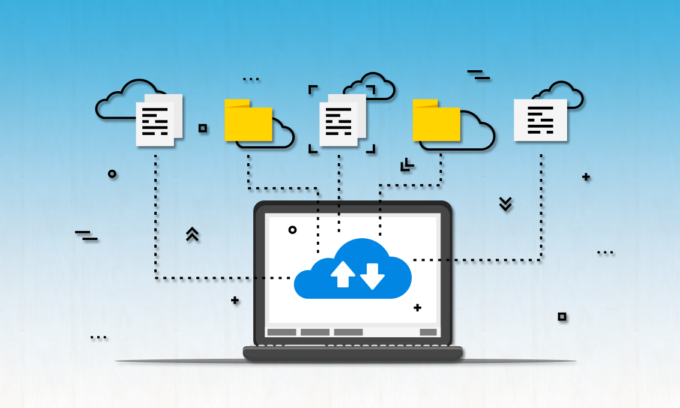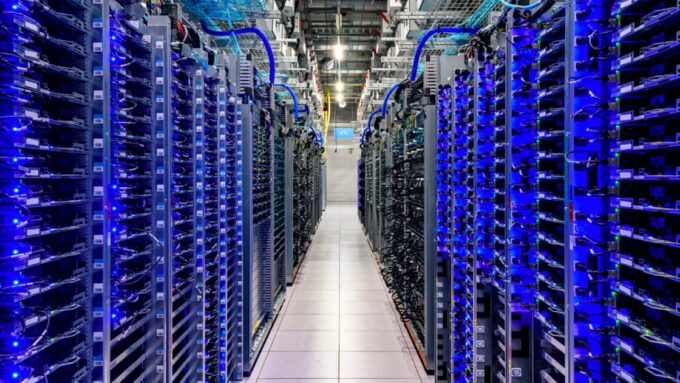In the age of numerous cyber-threats and the immanent danger of natural disasters or emergencies, individuals and businesses get increasingly concerned about securing their data assets. Modern business realities are too harsh to lose hours, let alone days, of business operations because of a fire in the main office or a disastrous hurricane destroying the premises.
Even with the advent of virtualization technology, the issue of data protection has not lost its relevance. Data created and stored on virtual machines can also be lost easily once the host machine powering the Hyper-V guest machines collapses due to any reason. So, what options can businesses utilize today to ensure data security and quick restoration on demand?
The most common strategies for data protection and reserve storage are replication and backups. According to nakivo.com, the terms Hyper-v replication and backup have become synonymous and interchangeable. Many users see and treat them as one thing. But is this assumption valid? If it isn’t, how do they differ? Keep reading to discover their main differences.
Definition
We start our journey by defining them. Backups are data copies you make and store on a different location or device to enable you to recover them after suffering a data loss. It’s the first step in securing your data for easier recovery.
Inversely, replication is the process of storing already backed up in several locations or media to ensure you don’t lose them after a data crash. For instance, you can store them in the cloud, on a local server network, or use a mixed hybrid storage solution. Replication deals with where you store your already backed up data. Thus, it’s a secondary storage precaution, while a backup is a primary precaution against possible loss.
1. Frequency

Regarding frequency, you should back up your data hourly, daily, weekly, or monthly. This frequency, however, depends on how fast the data change. Therefore, backup happens more frequently because it’s a primary precaution on which replication depends.
Inversely, replications don’t happen as frequently as backups do because they are secondary measures. Thus, their frequency depends on how frequently you back up your information.
2. Cost
Regarding cost, backups are less costly than replication because if you automate the, they won’t cost you staff working hours. Inversely, replication is more expensive to implement than backup. However, you can reduce its costs by using off-the-shelf commercial solutions.
3. Retention Period

Backups are long-term measures since they are meant to store data for more extended periods. For instance, some data need to be stored for over five years to meet compliance and regulatory requirements. However, replication is not a long-term process because you can forego it without suffering compliance and regulatory consequences.
4. Reverse Protection
It’s necessary to continue protecting your data even after backing them up to include your users’ new ones. It’s worth noting that backup solutions don’t take backups and return them to their production sites. However, replication technology replicates back all stored data on their original sites. Thus, it ensures that your data and applications are secure during and after data losses.
5. Application Impact

A backup depends on technology that takes daily snapshots. These snapshots happen less frequently because they drain your server resources. However, you can reduce the periods between snapshots if you don’t mind consuming more server resources. Conversely, replication doesn’t impact your server resources.
6. Purpose
Regarding purpose, backups are useful for everything within your production servers. However, replication is useful for critical mission apps that should always run.
7. How They Work

Backups work by and depend on snapshots that a system takes at different times of the day and night. However, replication doesn’t depend on snapshots.
8. Advantages
Both replication and backup benefit businesses. For instance, backups are simple and easy to implement. Also, they are highly isolated, and thus, safer from possible threats. They are also less expensive than replications.
Meanwhile, replications focus on disaster recovery and are highly available. They also facilitate quicker data recovery following a disaster.
9. Focus

Backups focus on granular and compliance recovery, thus prioritizing long-term recovery goals of businesses. Thus, they are ideal for compliance and regulatory purposes. Replications, however, focus on disaster recovery. They facilitate the easy and faster restoration of business operations and processes after data loss, which makes them ideal for those apps and data necessary for serving customers and keeping an organization moving.
10. Requirements
Backups require local disks, virtual tape libraries, or online cloud backup services. Inversely, replications require you to implement new business processes, have extra staff, and you may need to invest in new infrastructure.
11. Drawbacks

Backups are limited because they could have pretty long timespans in between them. They also necessitate long recovery processes. Replicas’ main weaknesses are their expensive maintenance nature possible vulnerability to malware attacks.
The Conclusion: Which One is Better?
As the presented comparison shows, it’s quite hard to distinguish one method of securing your Hyper-V data as both are valuable strategies for enhancing your data safety and adding extra protection layers to your IT infrastructure. Just as a recap, keep in mind that for creating Hyper-V replicas, you need to have at least two Hyper-V host machines, which is not always possible for all Hyper-V users. Data backup, in its turn, can be organized with the help of cloud solutions that do not require the second host machine. Thus, for people with only one unit of hardware, backup may be more than enough, serving as a reasonable option for rigorous data protection.
Replicas are a very handy tool for quick disaster recovery. They ensure business continuity by minimizing the time of interrupted business activities. Therefore, businesses concerned about their operations as their primary issue for data backup may resort to replicas only as the recovery of data from backup storage usually takes time.
The facts are out, and you know the apparent differences between these two terms and realities. We hope this information will assist you in boosting your backup and replication processes.









